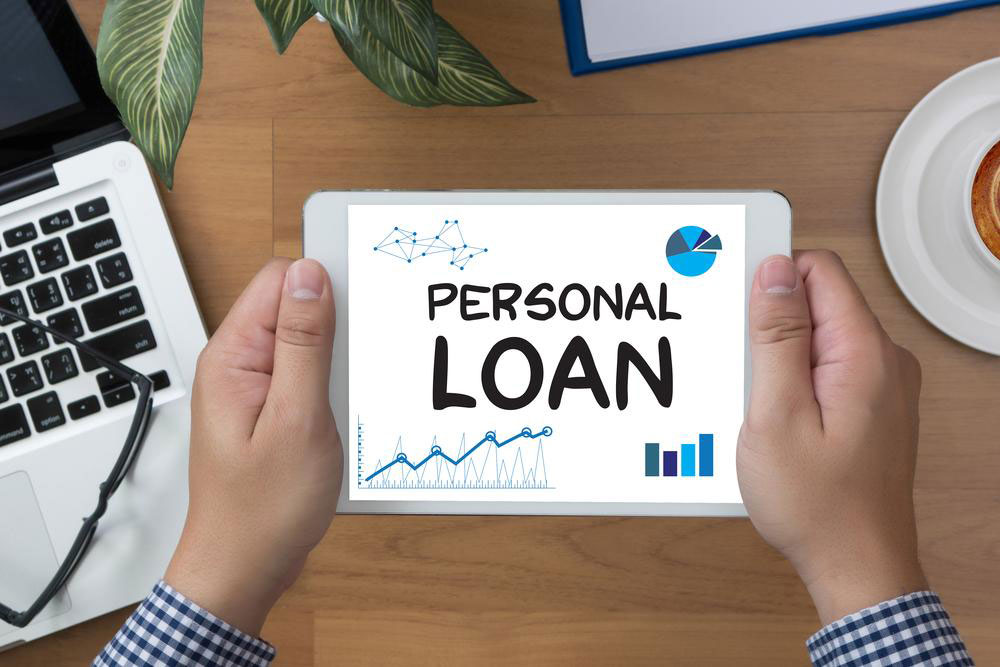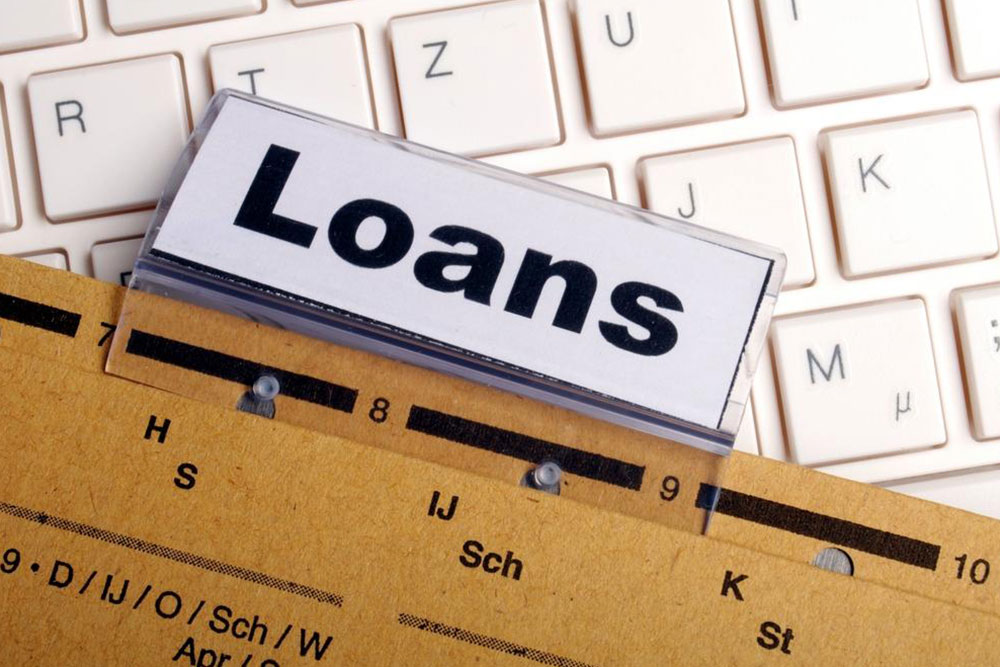Comprehensive Guide to Personal Loans: Types, Features, and Key Considerations
This comprehensive guide discusses various types of personal loans, including unsecured and secured options, fixed and variable interest rates, and flexible lines of credit. It emphasizes selecting loans based on individual financial needs, risk tolerance, and repayment ability, helping borrowers make smarter borrowing decisions.

Exploring Different Personal Loan Options and Their Key Features
Personal loans are versatile financial tools designed to meet a variety of borrowing needs. They are typically unsecured, meaning they do not require borrowers to provide collateral, making them accessible to a broader audience. These loans can be used for consolidating debt, funding home improvements, covering medical expenses, financing large purchases, or other personal financial goals. Since personal loans are unsecured, lenders assess the borrower's creditworthiness, income stability, and repayment history before approval.
Understanding the different types of personal loans is essential to selecting the right financial product for your needs. The two primary categories are unsecured and secured loans, each with their unique features, benefits, and risks.
Unsecured Personal Loans:
Unsecured personal loans are loans that do not require collateral, making them more accessible for most borrowers. These loans are offered by banks, credit unions, online lenders, and private financial institutions. Because they pose a higher risk to lenders—due to the lack of collateral—interest rates on unsecured loans are generally higher compared to secured options. Borrowers typically need a good credit score and a stable income to qualify.
Unsecured loans are often used for personal expenses such as debt consolidation, emergency medical bills, wedding costs, or educational expenses. The approval process usually focuses on credit history, debt-to-income ratio, and employment stability. The loan amount, repayment period, and interest rate are determined based on these factors.
Secured Personal Loans:
Secured personal loans require borrowers to provide collateral—such as a savings account, a certificate of deposit (CD), or other assets—as security for the loan. Since collateral reduces the risk for the lender, these loans often come with lower interest rates and higher borrowing limits. Secured loans are suitable for borrowers with less-than-perfect credit who still need access to funds.
Typical uses for secured personal loans include home equity loans, auto title loans, or loans secured against savings accounts. The borrower risks losing the collateral if they default on payments, so it's crucial to assess one's ability to meet repayment obligations.
Interest Rates and Loan Structures:
Personal loans come with different interest rate structures, mainly fixed and variable rates. Fixed-rate personal loans maintain a constant interest rate throughout the loan term, offering predictability and stability in monthly payments. This feature is advantageous for borrowers who prefer certainty in their repayment plan and want to avoid fluctuations caused by market conditions.
In contrast, variable-rate personal loans have interest rates that can change periodically based on benchmarks like the LIBOR or prime rate. These loans may start with lower initial rates but can increase over time, especially if market interest rates rise. Some variable-rate loans include caps that limit the maximum interest rate to prevent excessive payments.
Choosing between fixed and variable rates depends on your risk tolerance, financial stability, and interest rate forecasts. It's advisable to review the loan agreement carefully to understand how and when the rates can change.
Flexibility in borrowing options is further provided by lines of credit, which function as revolving credit accounts. Borrowers can draw funds up to a pre-set limit, repay, and borrow again as needed. Lines of credit can be secured or unsecured and are ideal for ongoing expenses, emergencies, or managing cash flow.
Overall, understanding the different types of personal loans and their features enables borrowers to make informed decisions that align with their financial goals and repayment capabilities. Comparing interest rates, terms, and lender policies is essential to securing the most favorable borrowing conditions.





